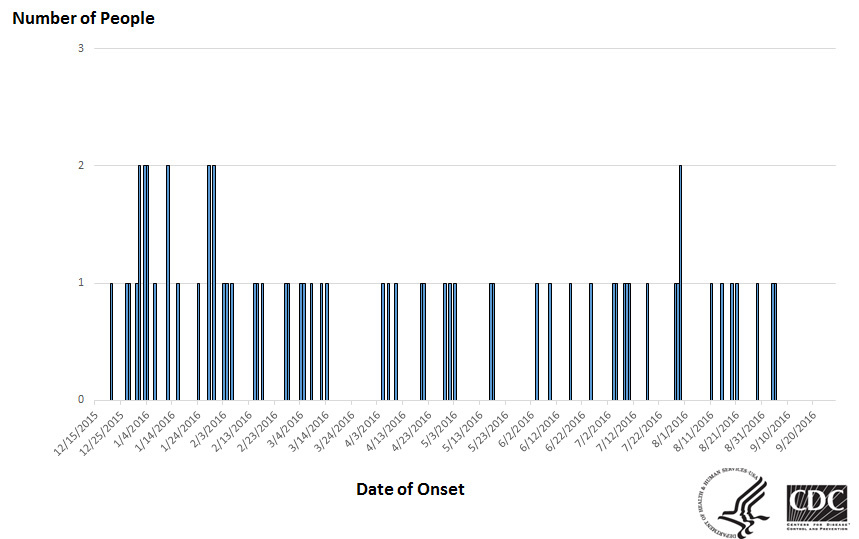CDC Concludes General Mills Flour Investigation, But People Will Still Get Sick Image courtesy of cbertel
You might remember the General Mills flour recall from earlier this year, where a massive amount of flour was recalled because it was potentially contaminated with E. coli, bacteria found in feces and in soil that can cause bloody diarrhea and life-threatening complications. The Centers for Disease Control and Prevention announced that its investigation of the outbreak is over, but that people will keep getting sick.
That’s because flour has a long shelf life, and people tend to pour their flour out of the original bag and into a canister, disposing of important information like the flour’s brand and any production codes.
Ultimately, 63 people in 24 states became sick, and new cases have been reported into September of 2016. It will continue for as long as the flour remains on shelves and people keep eating or playing with raw dough. 17 patients who were sick from the flour were hospitalized.
This is just the total of known infections: patients who didn’t visit a health care professional and have samples of their feces (yep, that’s how it works) tested aren’t counted in the outbreak numbers, and may never find out what made them sick in the first place.

CDC
If you bought flour and put it in a canister before this recall happened back in May, the CDC recommends that you throw it out just to be safe, washing the canister out with detergent and hot water before re-using it. One private-label flour brand was also part of the recall, so knowing that you never buy Gold Medal brand isn’t enough.
The CDC also took the opportunity to ruin our fun and remind consumers not to eat raw batter or dough, since there’s always the possibility that flour could be contaminated with E. coli or another pathogen.
The symptoms of E. coli infection include diarrhea and abdominal cramps, and the diarrhea can be bloody. Symptoms of hemolytic uremic syndrome, a potentially deadly complication of E. coli infection, include fever, abdominal pain, pale skin tone, fatigue and irritability, small, unexplained bruises or bleeding from the nose and mouth, and decreased urination.
O121 & O26 Infections Linked to Flour [Centers for Disease Control and Prevention]
Want more consumer news? Visit our parent organization, Consumer Reports, for the latest on scams, recalls, and other consumer issues.

